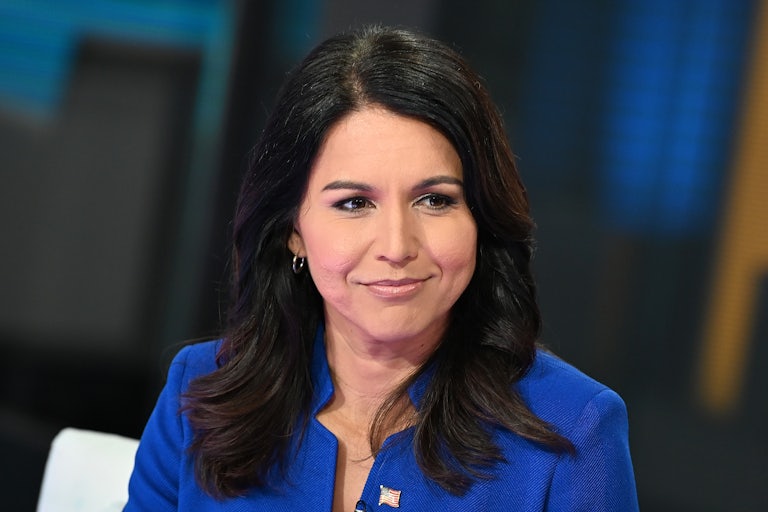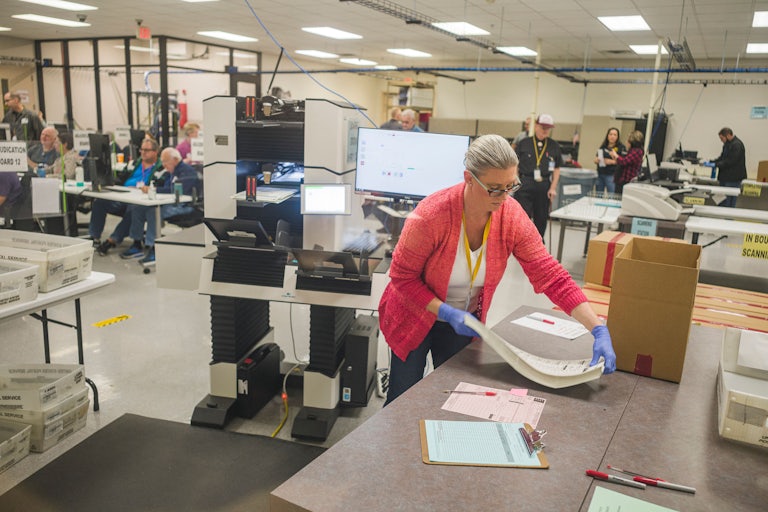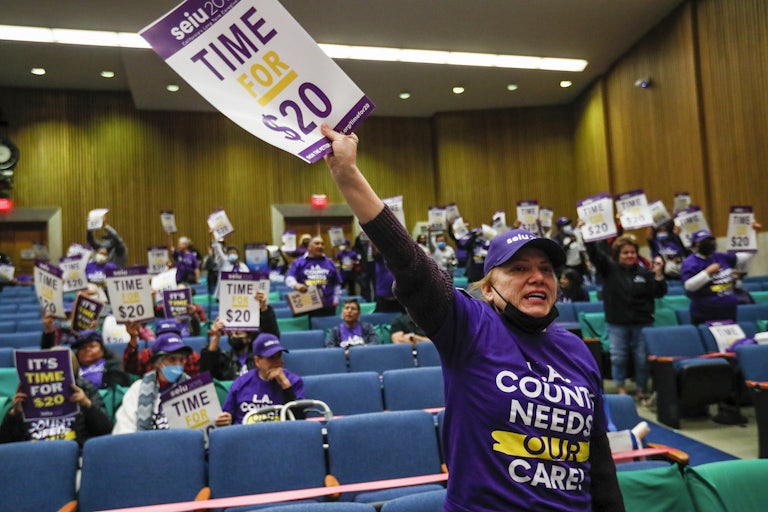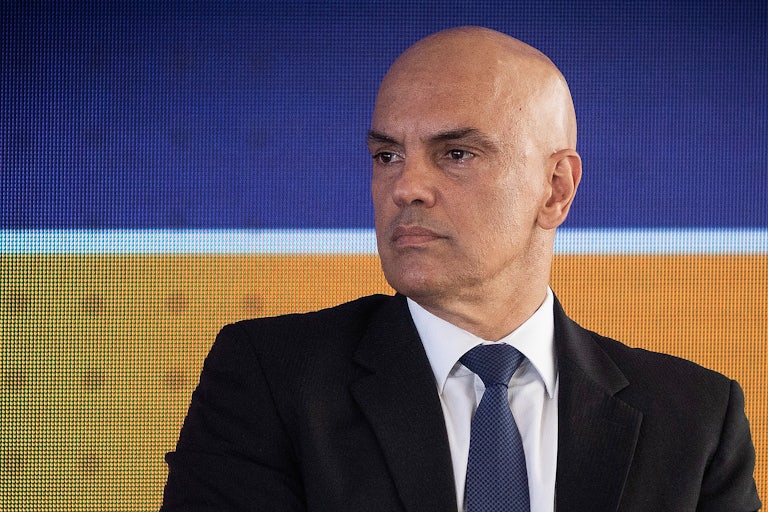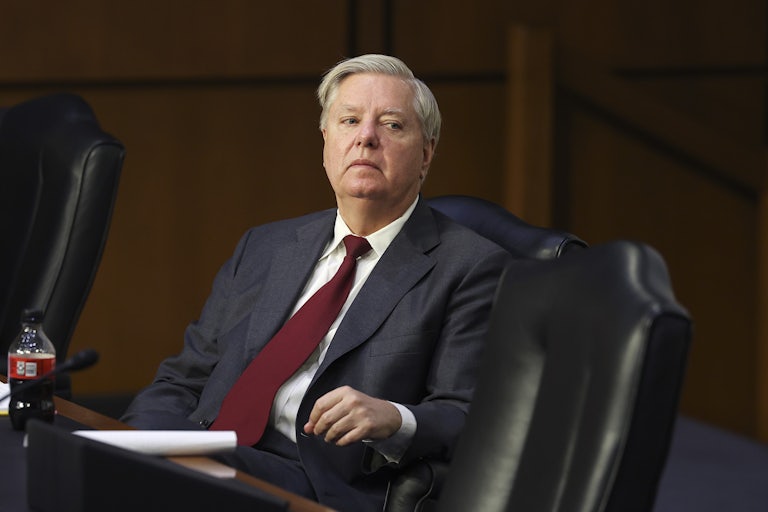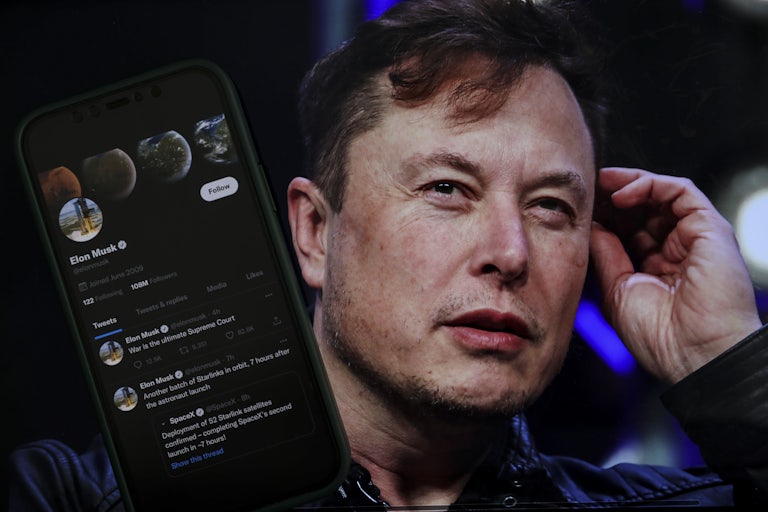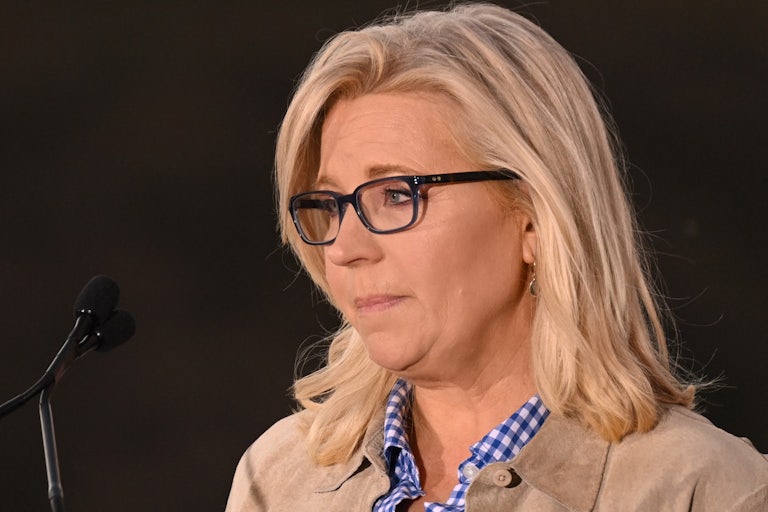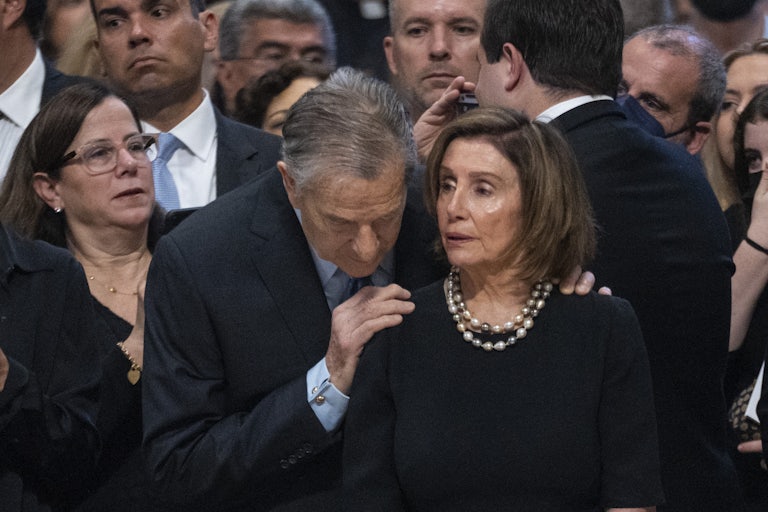Two Economists Explain the Federal Reserve’s Fourth Consecutive Interest Rate Hike
The Federal Reserve has increased interest rates by .75 percent. Economists Ryan Sweet and Dean Baker explain what that means.
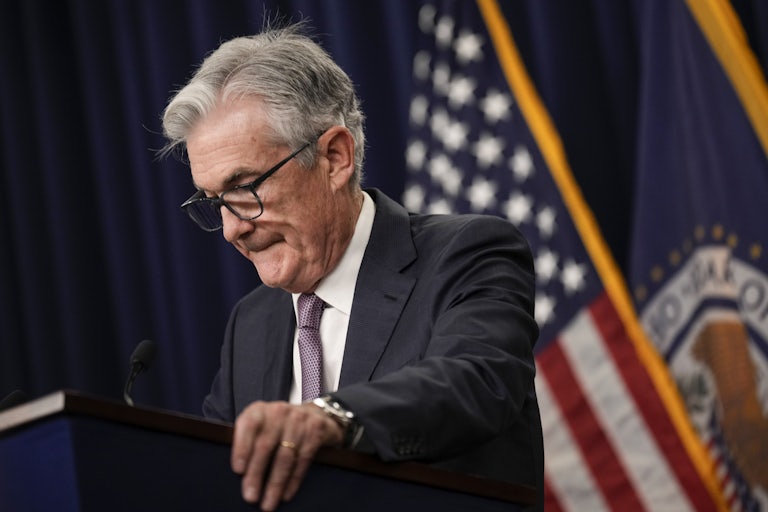
The Federal Reserve on Wednesday announced an interest rate hike of 75 basis points for the fourth consecutive time.
With inflation at a 40-year high, the Fed has been scrambling to get interest rates high enough that people stop spending money, slowing the economy down in turn. If spending goes down, then so will demand and eventually prices, too.
But the risk is that growth will slow while prices and borrowing rates stay high, sending the economy into a recession.
Ryan Sweet, chief economist at Oxford Economics, and Dean Baker, senior economist at the Center for Economic Policy and Research, answered four questions about what this means going forward.
What will the decision mean for Americans?
Both economists said that the higher interest rates will mean higher mortgage rates and higher rates on personal loans, car loans, and credit card debt.
But “it’s not all bad news as savers will receive a higher interest rate,” said Sweet.
Why is inflation still so high, even with all the rate increase?
“The issue for the Fed is that the Fed funds rate is a blunt tool and can affect the demand side of the economy, but this isn’t responsible for the bulk of the U.S. inflation issues,” Sweet explained. Supply chain snarls caused by the pandemic and Russia’s invasion of Ukraine are the major contributors to the record-high inflation.
Unfortunately, the U.S. central bank’s policies can’t do anything about the supply issues. The policies also take a long time to go into effect.
Fortunately, according to Baker, “there is a lot of evidence inflation is already slowing. The price of many items, like appliances, used cars, and TVs are already falling.”
This many consecutive rate hikes is uncharted territory for the Fed. Should we be concerned?
“Definitely,” said Baker. “The full effect of the rate hikes to date will not be felt until well into 2023. The Fed may well have gone too far.”
The Fed is scrambling to achieve a so-called soft landing, or a decrease in inflation without tipping the U.S. economy into a recession. Fed Chair Jerome Powell said Wednesday that the time to slow rate hikes “is coming,” but he did not give a time frame for when that would happen.
Sweet warned that any easing will be “contingent on inflation moderating, job growth slowing and financial market conditions.”
Given how many variables there are in avoiding a recession, it’s unclear what the Fed will do next or whether they will be successful. And unfortunately, “risks of a recession are uncomfortably high,” Sweet said.
Is a soft landing still possible?
All hope is not lost.
Sweet said that, based on his firm’s analysis, the central bank likely can’t contain economic growth sufficiently, but “the Fed still has a shot”—so long as job growth slows, indicating the economy is slowing, as well.
Baker warned that a lot will depend on whether there are “further major economic disruptions,” such as another Covid-19 wave or an expansion of the war in Ukraine.
“A soft landing is very much possible, but we really are in uncharted waters,” he said.
This article has been updated.
